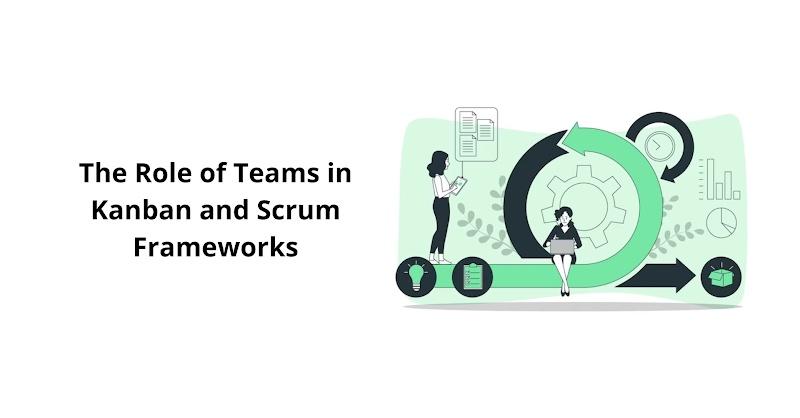Organisations are always looking for methods to improve productivity, efficiency, and cooperation in today’s fast-paced business world. Agile techniques like Kanban and Scrum have become effective frameworks for achieving these objectives. Both Scrum and Kanban encourage incremental and iterative development, enabling teams to react rapidly to altering needs and produce useful products. This blog will explore the function of teams in the Kanban and Scrum frameworks, their distinctive qualities, and the critical role Microsoft Security Training plays in assisting agile teams and the Microsoft 365 Security Benefits.
Understanding Kanban and Scrum Frameworks
Visual management techniques like Kanban were once used in manufacturing but are now widely used in software development and other knowledge-based industries. Visualising work items on a Kanban board, which is made up of columns that reflect the many stages of the process, emphasises continuous delivery and efficiency. By limiting the number of work items that may be entered in each column, teams can encourage a constant flow of work and eliminate bottlenecks. The Kanban framework’s high flexibility allows Teams to adjust to shifting priorities and demands.
The agile framework Scrum focuses on producing tiny, functional product increments in brief iterations known as “sprints.” A Scrum team commits to delivering a series of user stories in specified timeboxes, which are generally two to four weeks long. In Scrum teams, there are various positions with specific roles and responsibilities. These include the Product Owner, Scrum Master, and Development Team. In Scrum teams, there are different roles and responsibilities assigned to team members. These include the Product Owner, Scrum Master, and Development Team. The Product Owner is responsible for ensuring that the team works on features that align with the product vision. On the other hand, the Scrum Master supports the team’s development.
The Role of Teams in Kanban
Compared to Scrum, the idea of “teams” is more flexible in Kanban. Kanban promotes cross-functional teams that manage their workflow collaboratively rather than in defined roles. Key positions in a Kanban team could be:
- Members of the Kanban Team are in charge of fulfilling the tasks listed on the Kanban board. Individuals cooperate as the team moves forward and move work from one column to another.
- The Kanban manager or coordinator is in charge of overseeing the Kanban process, making ensuring that workflow guidelines are followed, and facilitating team communication.
- The product owner or a customer representative works with the team to offer input on needs and priorities.
The Role of Teams in Scrum
Scrum teams have three main functions and are cross-functional and self-organising:
- The product owner establishes the product backlog, ranks user stories, and ensures the team completes the highest-value items throughout each sprint.
- The Scrum Master helps the team embrace and put Scrum practises into practice as a servant-leader. They eliminate obstacles, host meetings, and encourage ongoing progress.
- During each sprint, the development team is in charge of providing product increments. Together, they plan and work on the user stories that were committed to during the sprint.
Microsoft Security Training and Empowering Agile Teams
Within the Kanban and Scrum frameworks, Microsoft Security Training is essential for enabling agile teams:
- Through training, team members are fully aware of potential security dangers and have a solid awareness of security best practices.
- By educating employees on handling sensitive information safely, data breaches and unauthorised access are less likely.
- Agile teams that have received security training may put secure coding techniques into practice, reducing software vulnerabilities.
- Training encourages a security-conscious team culture where everyone is held accountable for security.
Conclusion
The Scrum and Kanban frameworks, which both place a special focus on cooperation and workflow management, are available to teams. While Kanban encourages flexible teams to co-manage their workflow, Scrum defines clear roles with well-defined responsibilities. Microsoft Security Training equips agile teams with the knowledge and abilities to manage security challenges and foster a security-conscious culture effectively. By harnessing the benefits of these agile frameworks and providing teams with security training, organisations may promote productivity, creativity, and secure development. This will guarantee successful project outcomes in the fast-paced commercial world of today. Microsoft Security Training equips agile teams with the knowledge and abilities to manage security challenges and foster a security-conscious culture effectively, ensuring that even security considerations are seamlessly integrated into the workflow, with the help of tools like QR codes for authentication and access control.
